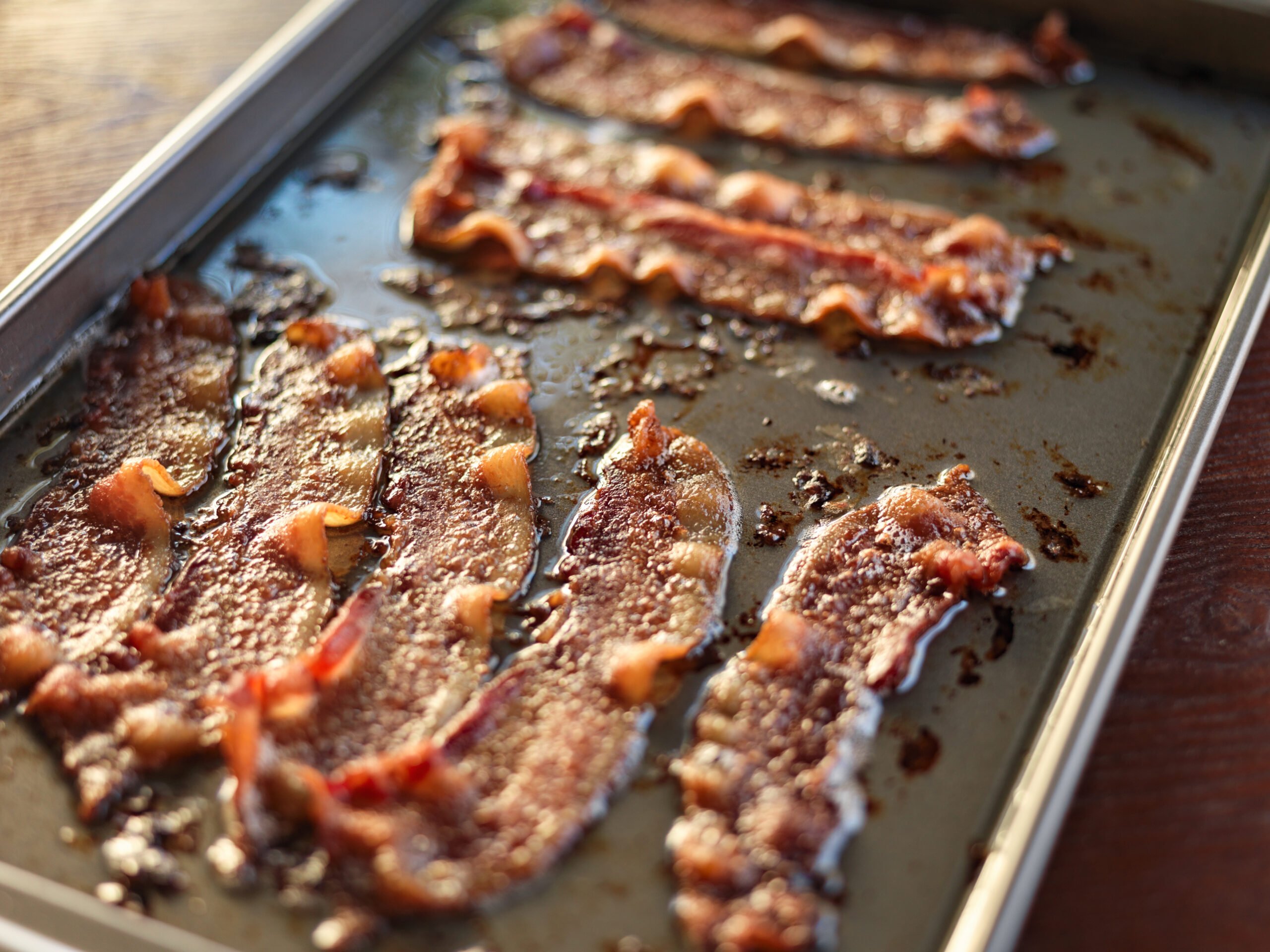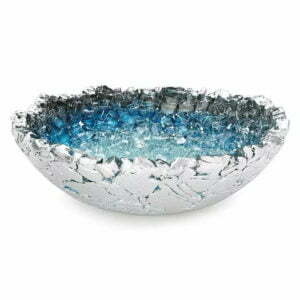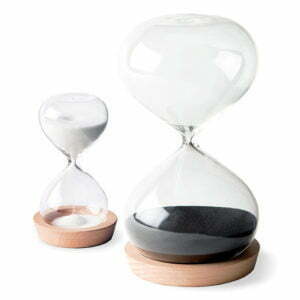Grease traps are essential because they keep the grease and oils that come from the kitchen from going down the drain and into the sewer system. If you have a grease trap, you know how important it is to maintain it. This article will provide some tips to help you keep your grease trap in top shape. Keep reading to learn more!
What are grease traps?

Before we explain different methods of grease trap cleaning in Portland, OR, let’s define what a grease trap is first. A grease trap is a device installed in a kitchen drainage system to catch and hold fats, oils, and grease (FOG) before entering the public sewer system. Grease traps are typically made of perforated pipes installed in the drainage line between the sink and the sewer. The FOG accumulates in the trap and is held there until it can be removed and disposed of. There are many grease traps, but they all serve the same primary function.
Cooking oils and grease can cause severe problems in your home’s plumbing system if poured down the drain. When these substances mix with water, they create a thick, sticky substance that can clog pipes and slow drainage. In addition, the odor from cooking oils and grease can be unpleasant and challenging to remove. One way to maintain your grease trap is not to pour cooking oils or grease down the drain. Instead, wipe up any spills with paper towels or a rag and dispose of them in the trashcan. If you have a lot of oil or grease to get rid of, you can put it in a sealable container like a plastic baggie and freeze it until you can discard it properly.
What are some other tips for maintaining your grease trap?

There are various other methods for maintaining your grease trap. One way to help prevent clogs is to regularly clean out the catch basin outside of the building. This will help prevent accumulations of debris from clogging the drain line. You should also keep an eye on the grease trap to make sure it is functioning correctly and isn’t overflowing. If you notice any problems, address them as soon as possible. You also need to make sure your dishwasher is draining properly.
If your dishwasher is not draining correctly, water and grease can flow back into the trap. This will cause the trap to become clogged and will prevent wastewater from flowing away from your property. It is essential to ensure that your dishwasher is draining correctly to avoid this issue. You also need to clean your grease trap. Most experts recommend cleaning it every 1-2 months, so keep a regular schedule for cleaning your grease trap. You need to use a commercial degreaser to break down the grease and oil in the trap.
Degreasers are chemicals used to remove grease or oil from a surface. They can be used on various surfaces, including metal, plastic, and glass. There are several different types of degreasers, each with its unique set of benefits and drawbacks. One of the most common types of degreasers is an aqueous degreaser. This type of degreaser is made up of water and a surfactant, a substance that helps reduce water’s surface tension. This type of degreaser is effective at removing grease and oil from a variety of surfaces. However, it can harm the environment if it is not disposed of properly.
Before using a degreaser, read the instructions carefully, as some degreasers can be harmful if used incorrectly. Lastly, if you have a septic tank, avoid pouring bleach or other harsh chemicals down the drain, as these can kill off the bacteria necessary for breaking down sewage solids.









